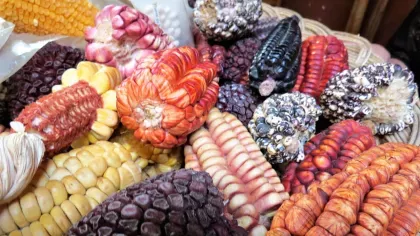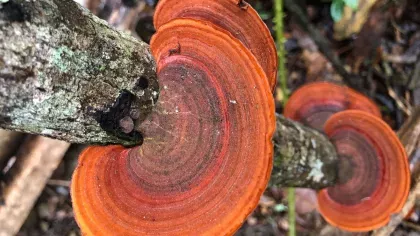17 June 2021
Colombia’s fungi, an untapped opportunity for a sustainable bioeconomy
The first online portal on Colombian fungi has been launched which aims to provide essential information on fungi and their uses, maximising the visibility of local resources in Colombia.

Hosting almost 10% of the planet’s biodiversity, Colombia is considered a megadiverse country.
While it ranks first in number of bird and orchid species and second in plants, butterflies, freshwater fishes and amphibians, Colombian fungi do not feature in the list.
This is somewhat striking given that fungi are essential components of all ecosystems and that with an estimated number of 2.2 to 3.8 million species, they represent the second largest Kingdom, after animals.
With 7,273 catalogued species to date and falling well behind countries like the United Kingdom (18,000 recorded species), Colombia’s fungal diversity remains largely undiscovered.
The size of the fungal world yet to be revealed in Colombia is expected to be huge.
In fact, estimates suggest that around 300,000 fungal species could be unknown, that’s an incredible 9% of the estimated global fungal diversity.
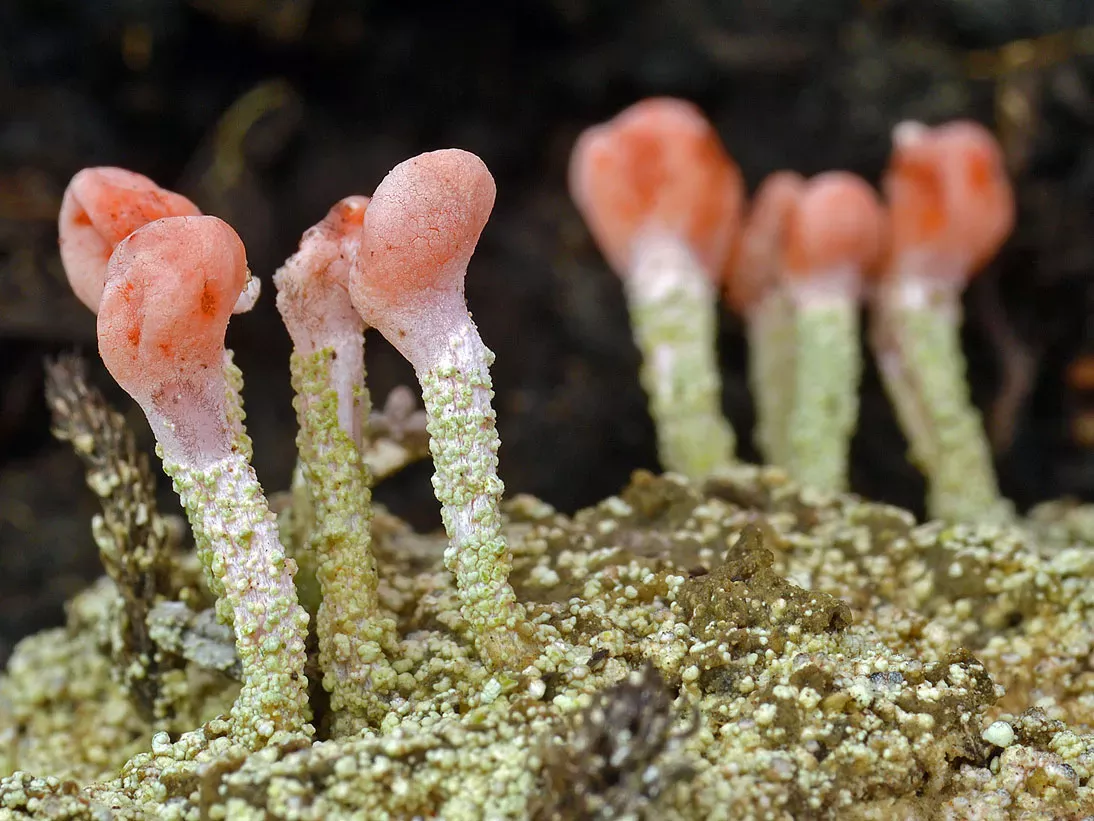
The uses of fungi
When it comes to uses, less is even known about the potential applications of fungi.
In Colombia, fungi are primarily used as a nutritional source, and wild edible mushrooms have long played a role in the food security of indigenous peoples and local communities.
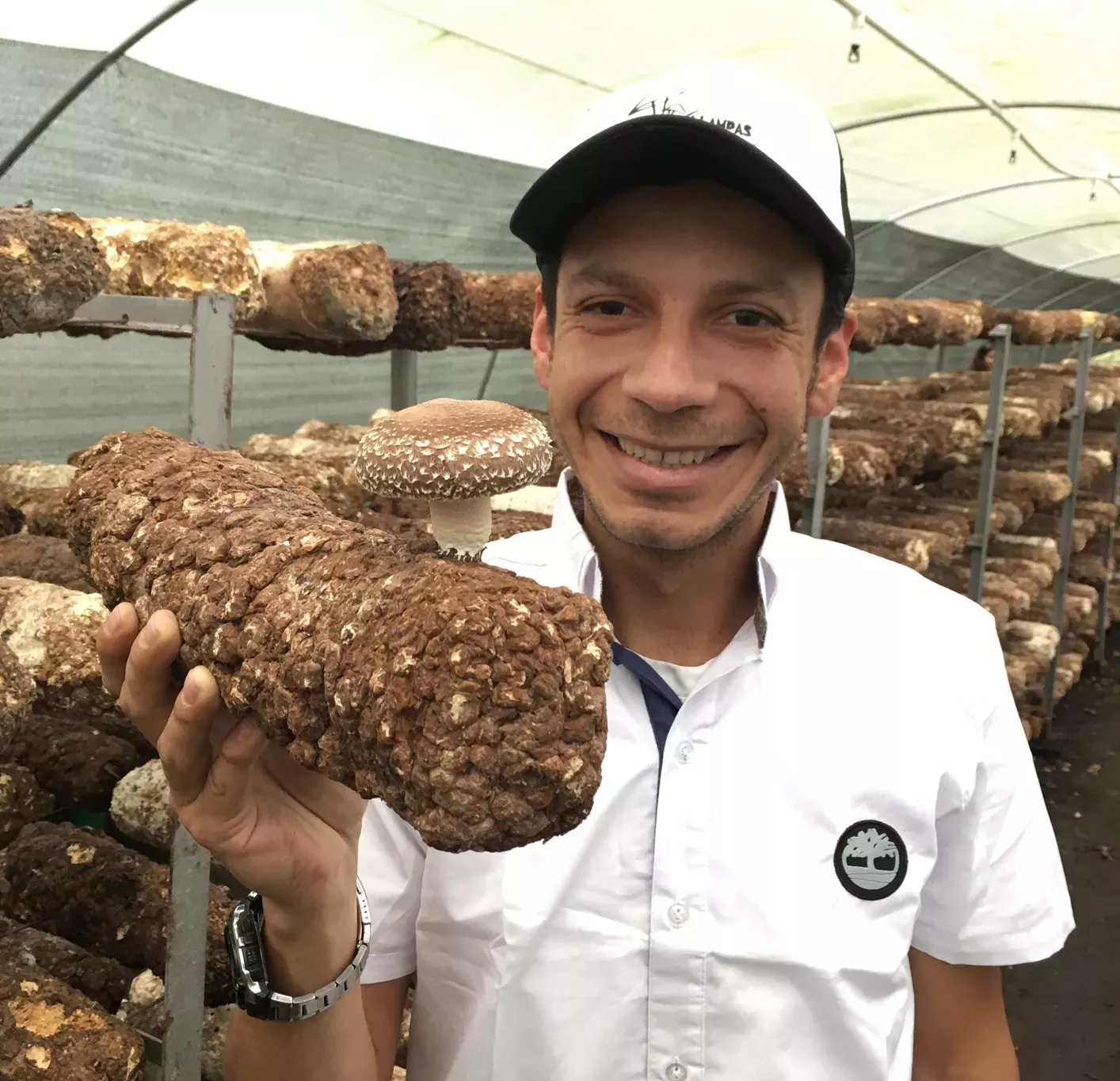
Some species have also been screened for their uses in medicine and biotechnology.
For example, the neotropical species Cordyceps nidus is known to produce antiviral agents, and Pycnoporus sanguineus is currently being screened for antimicrobial, antioxidant and anti- tumoral properties.
The enzymatic activity of rot fungi has been evaluated with potential applications in bioethanol and natural dye production, and the antimicrobial activity of endophytic species isolated from frailejón in Páramo ecosystems has been tested against plant pathogens.
Many indigenous communities are known to have used fungi in their traditional medicine.
Yet only 441 fungi species have reported uses in Colombia and many species harbouring potential applications may have been ignored if we compare figures with other countries worldwide.

Unlocking the secrets of fungi
That’s why we’ve developed ColFungi.org, (Colombian resources for Fungi made accessible) is an open access, expert-driven, online portal for information on Colombian fungi and their uses.
This new portal follows the sister platform ColPlantA which, as the name suggests, focusses on plants.
Published alongside the ColFungi booklet, it’s the first tool of its kind that brings together high-quality taxonomic information with a wide range of data and information resources backed by the expertise of Colombian mycologists.
Users can access a wealth of information about the species they search for, such as habitat, ecology and conservation status.
It’s also the output of a truly joint and collaborative effort with 85 scientists from 22 Colombian, British and German institutions involved.
By sharing this information, we can support scientific research, development and conservation, and guide the sustainable use of fungi and their products, thus preserving their benefits for local communities and future generations while supporting economic growth – the model known as ‘green growth’.
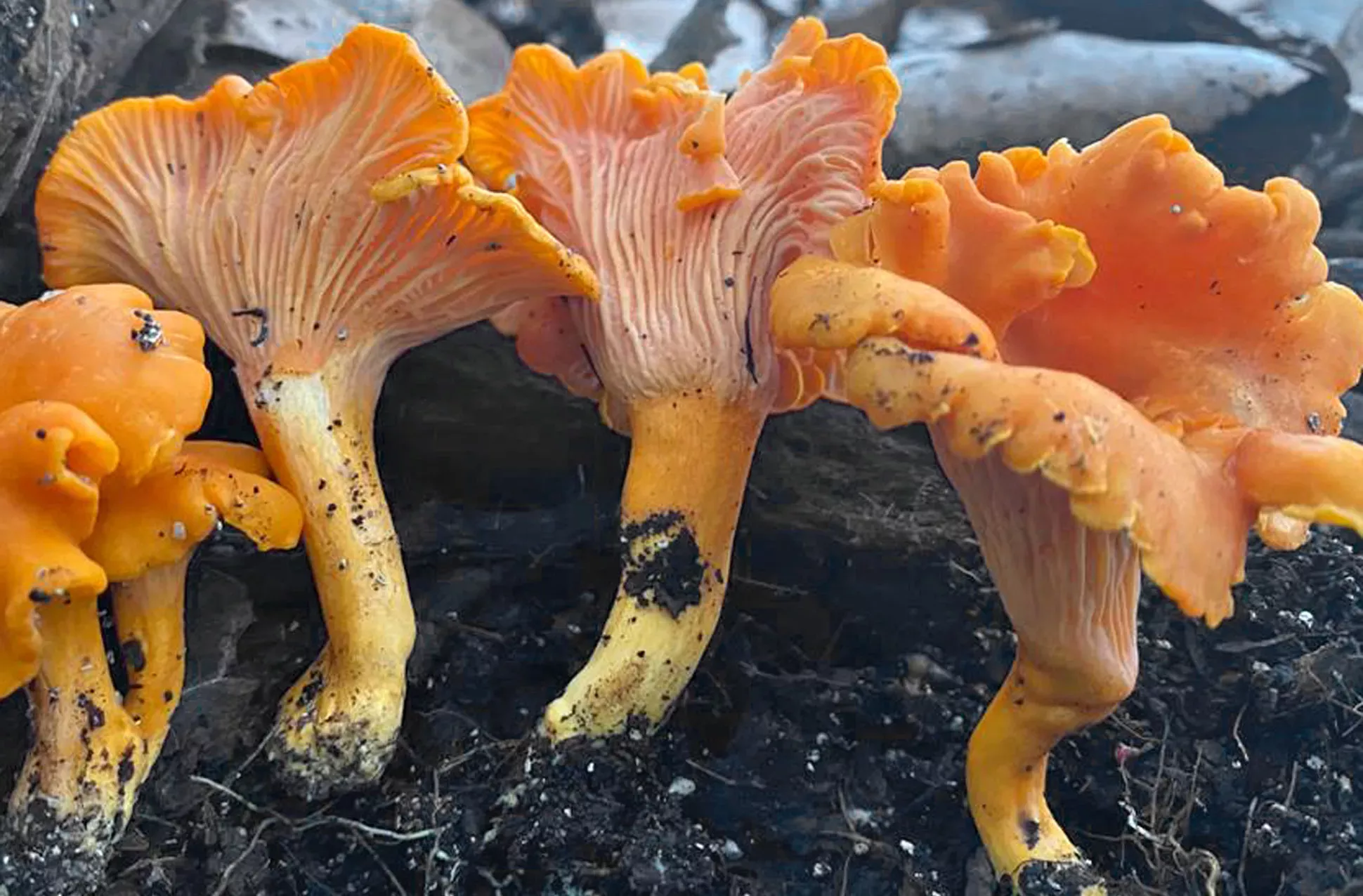
Promoting the sustainable use of Colombia's biodiversity
ColFungi is part of the Useful Plants and Fungi of Colombia (UPFC) project delivered by the Royal Botanic Gardens, Kew, in partnership with the Alexander von Humboldt Biological Resources Research Institute in Bogotá Colombia and developed with the Colombian mycological community.
The UPFC project aims to enhance nature’s contribution to people in Colombia by:
- Increasing and consolidating knowledge on Colombia’s useful plants and fungi and making it accessible for the benefit of society.
- Promoting a market for useful native species and their high value natural products and encouraging the sustainable use of natural resources that protects the environment and enhances biodiversity.
The ColFungi portal is a significant achievement in the project and will certainly bring about a number of benefits to local Colombian communities and people worldwide.
Going forward, we will continue to exchange expertise and ideas with our extensive network of collaborators and seek out opportunities to drive this initiative forward while expanding our knowledge on the diversity of fungi in the country.
Find out more about UPFC
Acknowledgements
Thank you to the mycological community in Colombia, including the Colombian Association of Mycology (ASCOLMIC), Botanischer Garten und Botanisches Museum in Germany, BioMicro of the University of Antioquia, the Group of Taxonomy and Ecology of Fungi of the University of Antioquia (TEHO), University of the Andes, the Research Group in Mycology of the University of Cali (GIM/CICBA), the Research Group in Environmental Sustainability (SUSA) of the University of Los Llanos, the Research Group of Biology and Conservation of the University Pedagógica y Tecnológica in Tunja, the Research Group of Biology and Microorganisms (BPM) of the University of Valle, the Colombian Mycology group and the Colombian Group of Lichenology (GCOL).
The Useful Plants and Fungi of Colombia project is supported by a Professional Development & Engagement grant under the Newton-Caldas Fund partnership. The grant is funded by the UK Department for Business, Energy, and Industrial Strategy (BEIS) and the Colombian Ministry of Science, Technology and Education (Minciencias), and delivered by the British Council.


